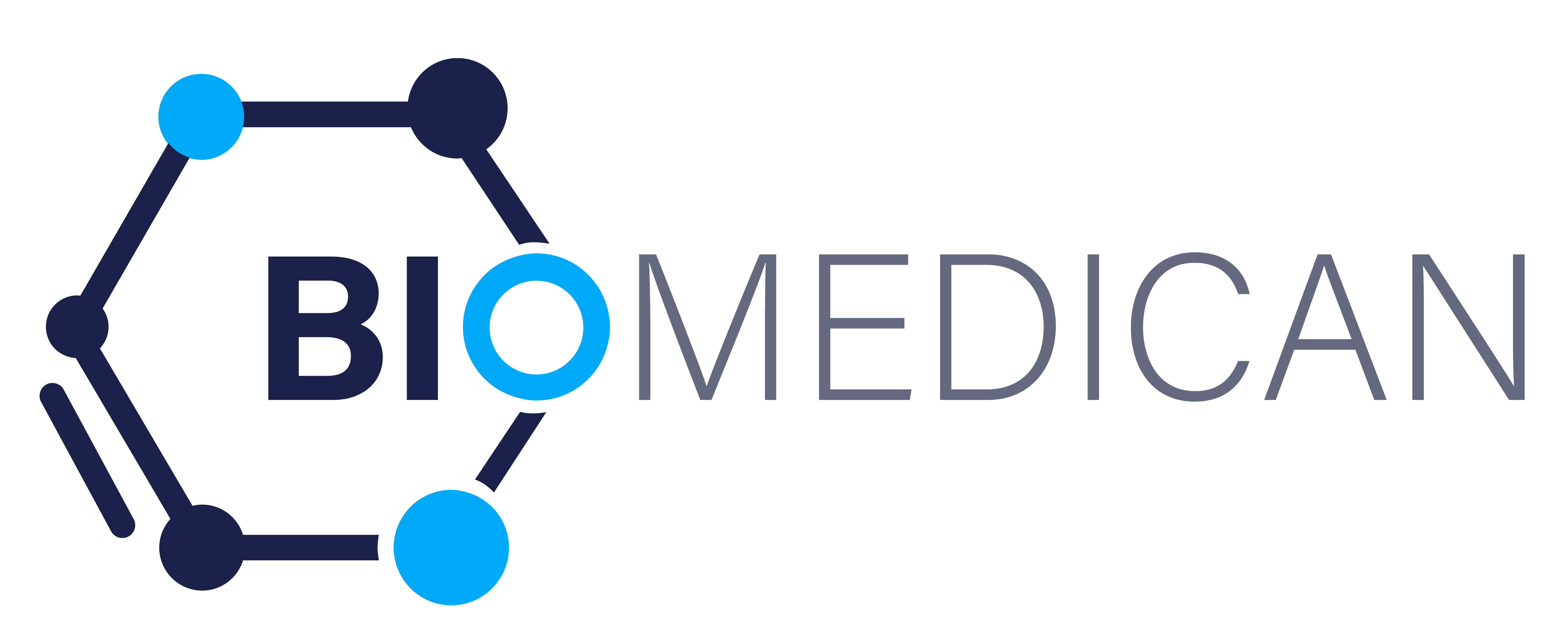The cannabis plant contains hundreds of components that are called cannabinoids. These cannabinoids are present in varying concentrations in a cannabis plant. While many cannabinoids are in use by humans for decades, recent research found some rare cannabinoids, including THCA.
With the boom of the cannabis market, you must have heard of THC (tetrahydrocannabinol ) due to its intoxicating nature that gets you high. However, another rare cannabinoid of the cannabis plant, THCA, is often confused with THC.
What is THCA?
THCA (Tetrahydro cannabinolic acid) is a non-psychoactive cannabinoid found in cannabis. It comes from the “mother of all cannabinoids” – cannabigerolic acid (CBGA). Enzymatic reactions in different strains of cannabis convert CBGA into tetrahydrocannabinolic acid (THCA), cannabidiolic acid (CBDA), and cannabichromene acid (CBCA). THCA is present in variable quantities in cannabis.
This non-psychoactive compound produces THC on drying. The structural changes in THCA occur due to heat, light, or the process of decarboxylation. These processes remove a carboxylic acid group of atoms from THCA and alter its structure. This decarboxylation of THCA yields THC, which has a perfect shape to fit in the endocannabinoid system (ECS) and produce its euphoric effect.
Can THCA get you high?
No, unlike THC, this compound does not get you high. Each cannabinoid binds to a specific receptor and produces a different effect. Unlike THC, this compound does not bind the CB1 receptor, one of the endocannabinoid system receptors, due to its large and three-dimensional shape.
What are its benefits?
Earlier scientific studies focused on other cannabinoids such as THC and CBD. There is not enough scientific data about this cannabinoid, and research is still in infancy. However, this cannabinoid is expected to possess several potential medical benefits. It showed a promising effect at the preliminary stage of few studies. This rare cannabinoid is expected to have some therapeutic effects as THC except its euphoric effect.
Various anecdotal reports and preliminary researches linked several medical properties, including anti-inflammatory, antiemetic, anti-proliferative, and neuroprotective effects to this rare cannabinoid. The compound proved itself to be effective in chronic pain, muscle spasms, and insomnia.
Anti-inflammatory effect: Studies have found the importance of THCA in combating inflammation and various inflammatory conditions such as lupus, irritable bowel syndrome, arthritis, and Crohn’s Disease. THCA effects including COX-1 and COX-2 pathways and reduce the production of inflammatory mediators[2].
Neuroprotective properties: Various studies suggested THCA as an effective neuroprotectant cannabinoid. The potential neuroprotective effect of this compound is due to the activation of the PPARγ receptor. This cannabinoid can help protect against the progression of neurodegenerative diseases[1] like multiple sclerosis, Parkinson’s disease, and Alzheimer’s disease.
Antiemetic effect: An animal study compared the antiemetic properties of THCA to THC. The study suggested that THCA showed a more potent antiemetic property than THC. Therefore, THCA can be used to combat nausea and vomiting side effects of chemotherapy. Research has shown that TCHA can help increase appetite and support digestion[3].
Anti-cancerous effect: The research focused on the effect of THCA in prostate cancer[4]. The evidence of this research suggested that THCA has the potential to inhibit the proliferation of cancerous cells. It can enhance immune defense and promote cancer cells’ destruction, which sparked new research [5].
BioMedican has developed an advanced biosynthesis process to produce THCA to fulfill the current demand of this cannabinoid. The production of THCA through biosynthesis offers a way to reduce the environmental footprint, decrease the time of production, circumvent regulatory oversight, and produce high-quality cannabinoids.
References:
- https://www.niehs.nih.gov/research/supported/health/neurodegenerative/index.cfm
- Ruhaak, L. R., Felth, J., Karlsson, P. C., Rafter, J. J., Verpoorte, R., & Bohlin, L. (2011). Evaluation of the cyclooxygenase inhibiting effects of six major cannabinoids isolated from Cannabis sativa. Biological and Pharmaceutical Bulletin, 34(5), 774-778.
- Bolognini, D., Rock, E. M., Cluny, N. L., Cascio, M. G., Limebeer, C. L., Duncan, M., … & Pertwee, R. G. (2013). Cannabidiolic acid prevents vomiting in Suncus murinus and nausea‐induced behavior in rats by enhancing 5‐HT1A receptor activation. British journal of pharmacology, 168(6), 1456-1470.
- De Petrocellis, L., Ligresti, A., Schiano Moriello, A., Iappelli, M., Verde, R., Stott, C. G., … & Di Marzo, V. (2013). Non‐THC cannabinoids inhibit prostate carcinoma growth in vitro and in vivo: pro‐apoptotic effects and underlying mechanisms. British journal of pharmacology, 168(1), 79-102.
- Ligresti, A., Moriello, A. S., Starowicz, K., Matias, I., Pisanti, S., De Petrocellis, L., … & Di Marzo, V. (2006). Antitumor activity of plant cannabinoids with emphasis on the effect of cannabidiol on human breast carcinoma. Journal of Pharmacology and Experimental Therapeutics, 318(3), 1375-1387.


